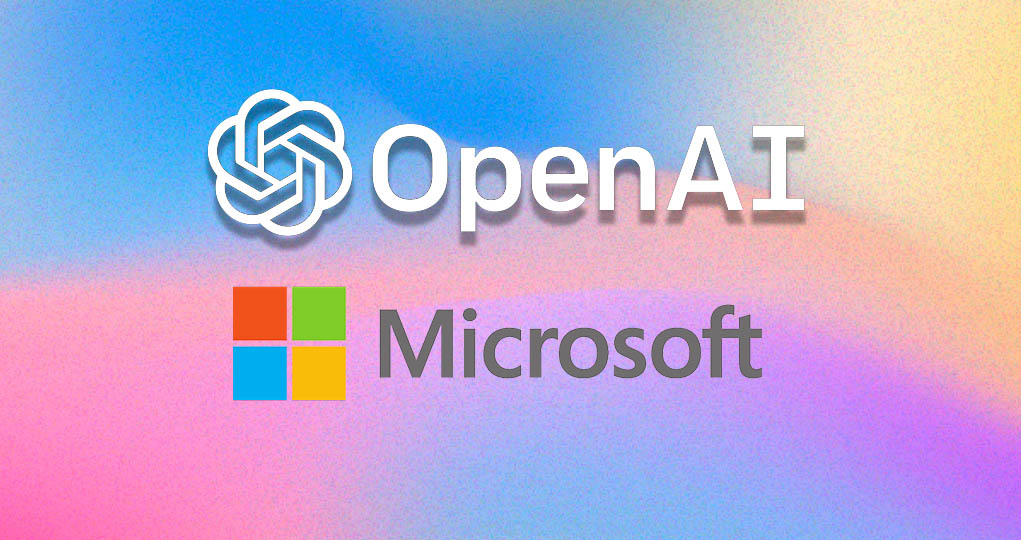Microsoft News
Microsoft has decided to relinquish its board observer seat at OpenAI, a position that has attracted regulatory scrutiny in both the United States and Europe. The tech giant cited significant improvements in OpenAI’s governance over the past eight months as the primary reason for this move.
Background and Context
Microsoft has been a substantial backer of OpenAI, investing billions of dollars and providing crucial support in the form of cloud computing resources. Their close relationship has fostered significant advancements in artificial intelligence technologies, positioning both companies as leaders in the AI industry. The board observer seat allowed Microsoft to closely monitor OpenAI’s activities and developments without directly participating in decision-making.
Regulatory Scrutiny
However, this arrangement has not gone unnoticed by regulators. Authorities on both sides of the Atlantic have raised concerns about potential conflicts of interest and the influence a major investor could exert over an AI research entity like OpenAI. The scrutiny intensified as AI technologies became more integrated into various sectors, from healthcare to finance, raising ethical and competitive considerations.
Regulatory bodies have been particularly vigilant about ensuring fair competition and preventing monopolistic practices in the tech industry. The European Union, known for its stringent data privacy and competition laws, and U.S. regulators have both expressed concerns over the governance structures of influential AI firms and their partnerships with tech giants like Microsoft.
Improved Governance at OpenAI
In response to these regulatory pressures and as part of its ongoing efforts to enhance transparency and accountability, OpenAI has made several governance improvements over the past eight months. These include strengthening its board with independent directors, implementing more rigorous oversight mechanisms, and establishing clearer operational guidelines to ensure ethical AI development and deployment.
Microsoft acknowledged these advancements in their announcement, stating that the improved governance structure at OpenAI mitigates the need for a board observer seat. By stepping back, Microsoft aims to alleviate regulatory concerns and demonstrate its commitment to fostering a fair and competitive AI landscape.
Implications for the AI Industry
Microsoft’s decision to forgo its board observer seat at OpenAI could set a precedent for other tech companies with similar arrangements. It highlights the importance of maintaining robust and transparent governance structures in AI research organizations to address ethical and regulatory concerns.
Furthermore, this move could pave the way for more independent oversight in the AI industry, encouraging companies to adopt best practices in governance and ethics. As AI continues to evolve and integrate into various aspects of society, ensuring responsible stewardship of these technologies is paramount.
MSFT Stock Forecast & Analysis
Based on the latest insights from 30 analysts, Microsoft Corporation (MSFT) is projected to reach an average target price of USD 484.09 over the next 12 months. This forecast underscores a strong bullish sentiment among analysts, with Microsoft receiving an average rating of “Strong Buy.” This positive outlook is further supported by Stock Target Advisor’s analysis, which rates Microsoft as “Slightly Bullish” based on 10 positive signals and 5 negative signals.
Current Stock Performance
At the last closing, Microsoft’s stock price was USD 459.54. This reflects a minimal weekly change of +0.06%, indicating stability in the short term. However, the stock has demonstrated significant upward momentum over longer periods. Over the past month, Microsoft’s stock price increased by +8.42%, and over the past year, it surged by +36.27%. These figures highlight the company’s strong performance and investor confidence in its future growth.
Analyst Insights and Target Price
The average analyst target price of USD 484.09 suggests an expected upside of approximately 5.33% from the last closing price. This target price is based on comprehensive evaluations of Microsoft’s financial health, market position, and growth prospects. Analysts have factored in various elements such as revenue growth, innovation and expansion, financial stability, and market leadership. These factors contribute to the positive outlook and expected stock price increase.
Fundamental Analysis
Outlook
Microsoft’s decision to relinquish its board observer seat at OpenAI marks a significant step in addressing regulatory concerns and promoting better governance practices in the AI industry. By prioritizing transparency and ethical oversight, both Microsoft and OpenAI are demonstrating their commitment to responsible AI development. This move is expected to have broader implications for the tech industry, emphasizing the need for robust governance structures to navigate the complex and rapidly evolving landscape of artificial intelligence.

STA Research (StockTargetAdvisor.com) is a independent Investment Research company that specializes in stock forecasting and analysis with integrated AI, based on our platform stocktargetadvisor.com, EST 2007.


































